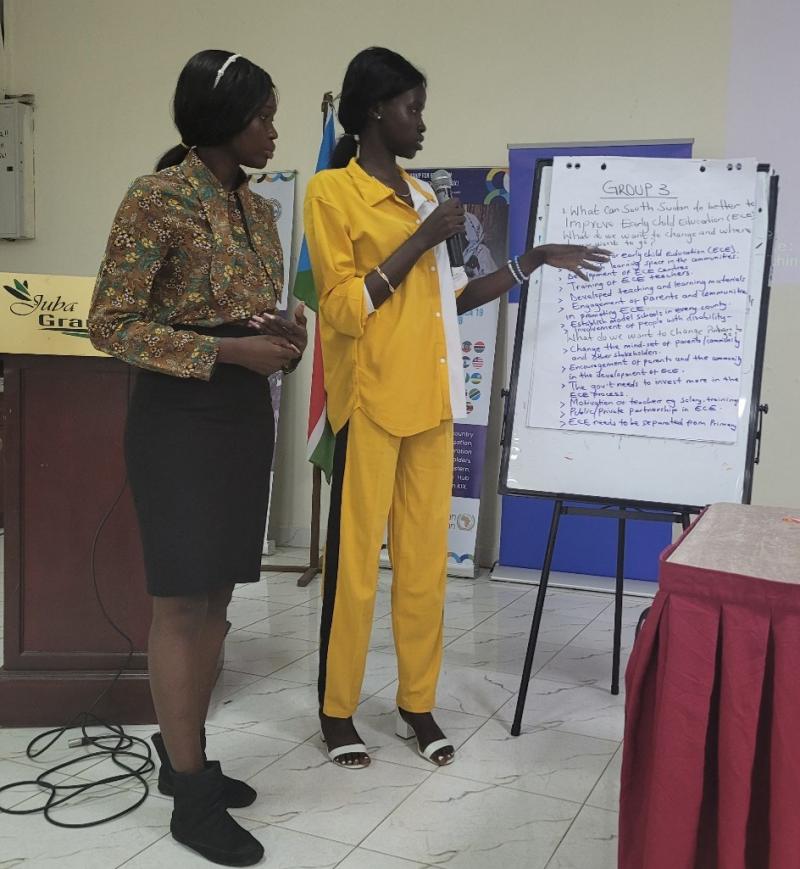
Ten years ago, fewer than 500 girls completed their high school education in South Sudan. Since then, the country has made strong strides towards empowering its female learners. However, millions of children are still out of school and the quality of learning has been persistently low – with the learning outcomes of female students being particularly affected.
The state of girls’ education in South Sudan
Since the country’s independence in 2011, education policies in the country have been built on the premise that every child has a right to receive education and are aligned with international frameworks such as the African Union’s Continental Education Strategy for Africa (2016-2025) and the United Nations Sustainable Development Goal 4.
These policies are supported by high level political support and engagement. South Sudan’s government has increased the education budget from 6% to 12.5% in 2023 with President Salva Kiir directing all education institutions to adhere to the country’s free education policy. These strategies have yielded positive returns - total enrolment has risen from 1.6 million students in 2013 to over 2.3 million in 2021 (Figure 1) (National Education Census Report). Promisingly, female enrollment surged from 21% in 2005 to 49% in 2021, according to Ministry of Education figures.
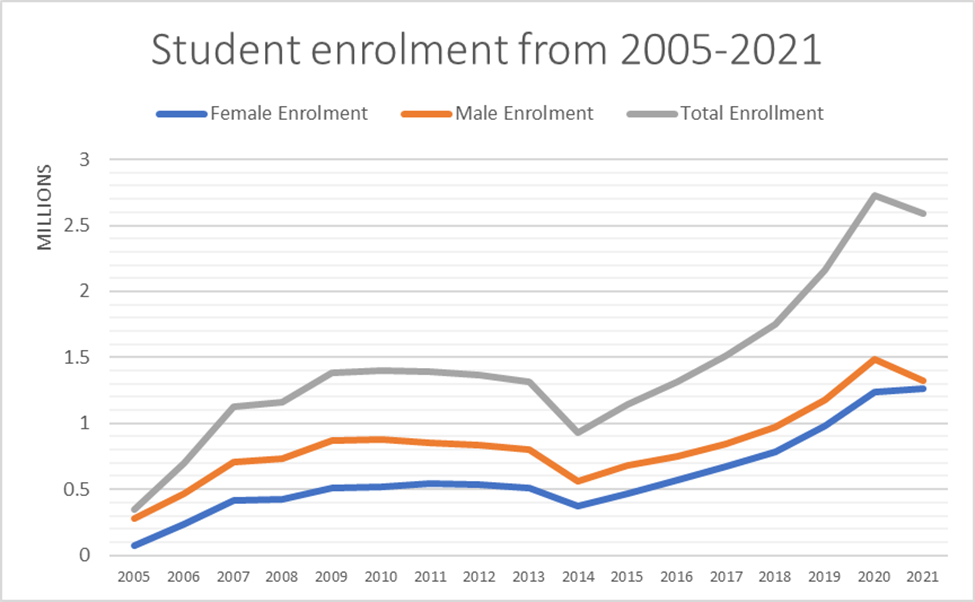 Figure 1: Enrolment in South Sudan from 2005-2021/Source: MoGEI
Figure 1: Enrolment in South Sudan from 2005-2021/Source: MoGEI
However, challenges in terms of access and quality of education remain. Decades of conflict preceding the country’s independence in 2011 combined with the subsequent civil war and COVID-19 pandemic have contributed to immense learning losses. Nearly three-quarters of the population over 15 years old in South Sudan cannot read or write, and the majority of them are women (UNESCO 2020). UNICEF estimates that 2.8 million, or more than 70% of children, are out of school in South Sudan, with girls making up the majority of the out-of-school population.
National Policy Dialogue on South Sudan's educational challenges
To address low enrolment and learning outcomes for all children, and especially for girls, the Ministry of General Education and Instruction (MoGEI) of South Sudan held a policy dialogue in Juba on June 13, 2023 with the UNESCO Juba Office and UNESCO’s International Institute for Capacity Building in Africa (IICBA).
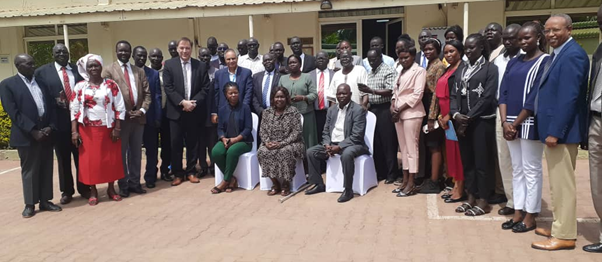 Figure 2: Attendees at the KIX National Policy Dialogue/Source: MoGEI
Figure 2: Attendees at the KIX National Policy Dialogue/Source: MoGEI
At the dialogue, the MoGEI focused on strategies to keep girls in school and to increase the number of qualified teachers. These areas of need reflected the government’s education priorities of enhancing access to education and improving the quality of teacher training. The event was well-attended by over 50 government policymakers and stakeholders from local education groups.
Reaching the South Sudanese girl child
The nature of participation at the national policy dialogue itself reflected the challenges of reaching girls in South Sudan with an attendee pointedly noting, “If you see around this room, how many females and how many males [are] here?” reflecting on the dominance of male attendees. The attendant explained the disparity, stating it is “because we [were] not sent to school” and describing how girl’s education started in 1904 in Sudan while only beginning in South Sudan in 1947. Figure 3 illustrates the stark disparities of British colonial legacy on education attainment in Sudan and South Sudan. For example, by 1960, while there were 69 education facilities for girls in the North, there was only 1 for girls in the South.
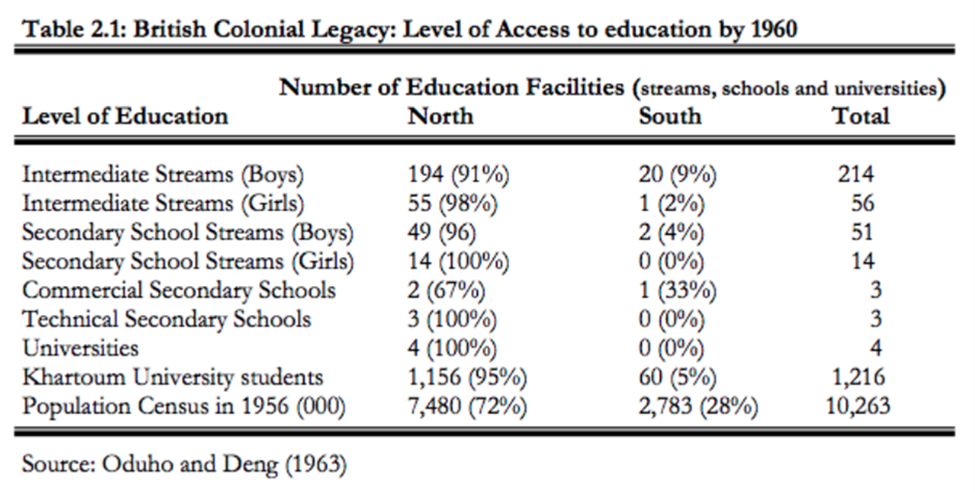 Figure 3: Level of access to education by 1960
Figure 3: Level of access to education by 1960
While the current government attempts to remedy the historical neglect of educating girls in the country, it faces another challenge: reaching South Sudanese learners. A vast majority of South Sudanese live in rural areas and their livelihoods are dependent on agricultural and herding activities. Furthermore, a large proportion of the South Sudanese population are transient pastoralists whose movements make it difficult for children in these communities to consistently go to school. There are high cases of child marriage and teenage pregnancy, both of which contribute to girls dropping out of school. According to UNICEF (2021), 52% of girls in South Sudan are married before the age of 18.
Issues regarding quality of learning
Even when students can be reached, attendees agreed that the quality of learning needed improvement. The role of teachers received significant attention. Of concern was the low number of qualified teachers. Windle International Trust, an NGO active in South Sudan, estimates that in 2021, the teacher-student ratio was 1:77. The shortage of teachers is exacerbated by the varying levels of professionalism among educators. Fifty-three percent of South Sudan’s teachers have not received formal training and 55% have not received formal education according to Tasada Joseph Awad, a lecturer at the University of Juba. Awad observed that although “most teachers were educated in Arabic”, they are required to teach in the official language of instruction in the country, which is English. However, many teachers have not received training to effectively teach the curriculum and lesson plans that have been developed in English. The learning outcomes for girls also fall behind those of boys. For example, 83% of boys passed examinations in primary schools compared to 75% of girls in 2019.
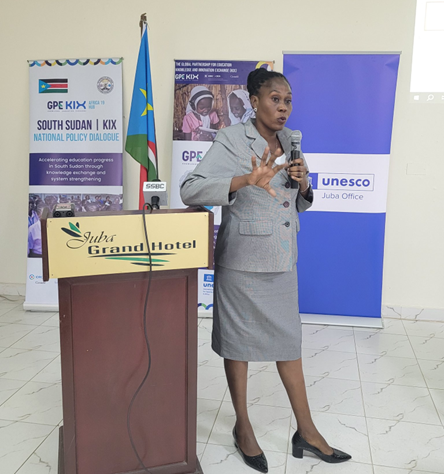 Figure 4: Tasada Joseph Awad sharing her presentation at the KIX policy dialogue/Source: UNESCO IICBA
Figure 4: Tasada Joseph Awad sharing her presentation at the KIX policy dialogue/Source: UNESCO IICBA
How to more effectively and efficiently teach children
Participants made references to interventions that have yielded some promising results for girls’ education. Several initiatives were repeatedly highlighted as improving learning outcomes for girls in particular:
- Expanding cash transfers. Dr. Otim Gama of the University of Juba pointed to a cash transfer (CT) program, a part of the Girls’ Education South Sudan (GESS) program, as helping to improve access to education for South Sudanese learners. The GESS program focuses on improving educational outcomes for girls through interventions such as behavior change communication, capitation grants, and utilizing monitoring systems. The CT program, in particular, helped “to cover school operational costs…and make education less costly for parents,” as explained by Dr. Gama who serves as the Head of the Education Department. According to an analysis by the CalpNetwork, the cash transfers increased the proportion of girls enrolled in school by 4.4% from 2014 to 2017. 284,601 girls attending basic and secondary education across the country received cash transfers averaging $24 a year. These transfers were “lightly conditioned on enrolment and attendance in school.
These discussions on the impact of cash transfers reflect the promising findings shared by South Sudan in a 2021 KIX Africa 19 Hub webinar entitled “Reaching the Girl Child in Sub-Saharan Africa during COVID-19” in November, 2021. During that webinar, Esther Akuma, Director General for Gender Equity and Inclusive, Ministry of General Education and Instruction, South Sudan shared how the CTs, in conjunction with interventions such as distance learning through radios and directives from the MoE, enabled girls who were pregnant to return to school.
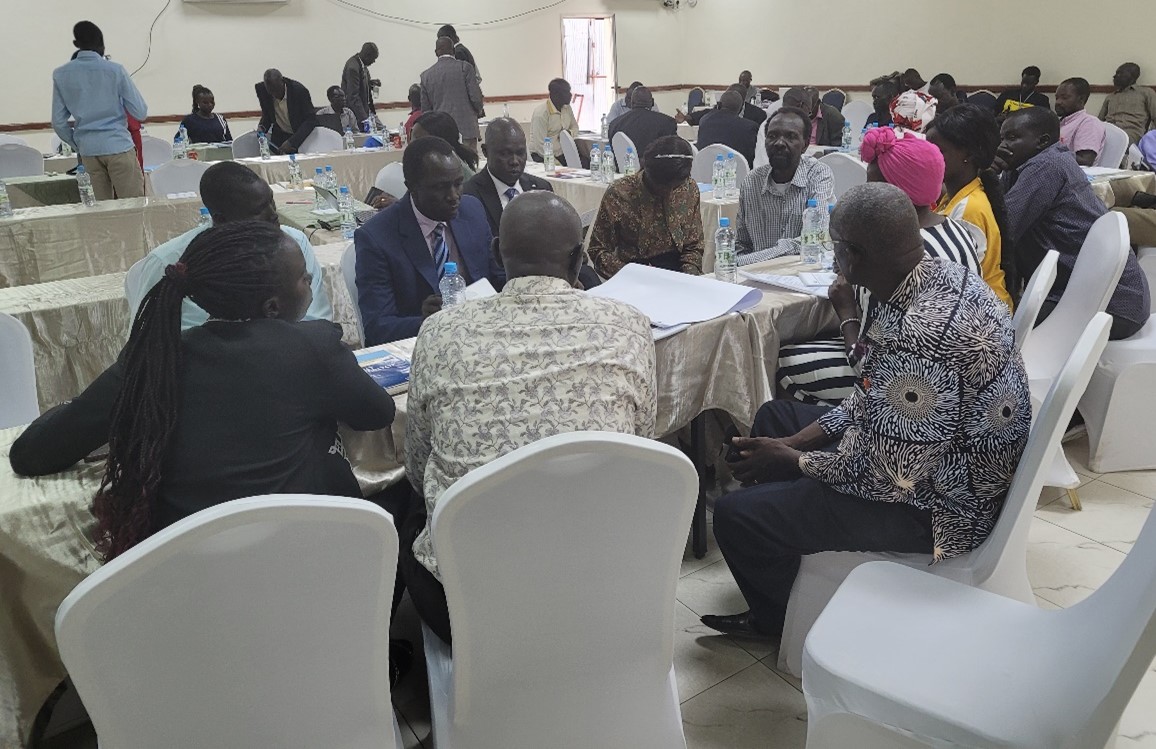 Figure 5: Breakout sessions during the dialogue/Source: UNESCO IICBA
Figure 5: Breakout sessions during the dialogue/Source: UNESCO IICBA
- Focusing on teachers. Participants largely agreed that greater investment in teachers was needed. These investments would help improve teacher motivation leading to lower teacher absenteeism and better teaching. Initiatives to increase professional development through pre-service and in-service training needed to be complemented with higher salaries that were regularly paid. A participant noted how the MoEI would provide training for teachers, but “once the teachers are trained, they go to other sectors” such as NGOs due to higher and more predictable remuneration. Additionally, a participant observed that “although the Ministry of Education is doing its best to increase the salaries of the teachers”, without addressing inflation, teachers would continue to be underpaid.
Furthermore, female teachers were more likely to record absentism from school which could further contribute to lower learning outcomes for girls. Evidence has suggested that increased presence of female teachers in schools contributes to improved learning outcomes for girls, especially in circumstances where socially conservative practices are the norm.
- Increased funding for data collection is needed. Availability of accurate and timely data was often mentioned as a priority for policy makers during the dialogue. For example, discussants requested information on specific data such as the number of learners with disabilities.
The participants at the conference spoke passionately about the need to improve education for girls and all children in South Sudan. Attendees such as George Mogga, Director General in charge of planning and budgeting at MoGI and Dr. Cecilia Apaya, Director General at the Ministry for Higher Education, Science and Technology (MoHEST) highlighted the many challenges facing the country's education system and also expressed hope that big and bold approaches could be taken to address these challenges. One participant advocated for a "three schools for girls for every school for boys" approach to building schools to ensure that girls have the same opportunities as boys to receive an education. Other initiatives that were highlighted as making a difference included: school feeding programs, adequate water, sanitation and hygiene practices at schools, alternative education systems including accelerated learning programs that target older youth and adults.
The discussions included a call to action for all stakeholders to collaborate in making quality education a reality for all children in South Sudan. The KIX Africa 19 Hub will continue working closely with MoGEI to support knowledge and innovation exchanges in identified priority areas such as educational management information systems and teacher professional development training to enhance the inclusion and retention of girl learners. Participants recommended organizing a similar dialogue in 2024 to continue addressing the complex challenges faced by South Sudan's education system.
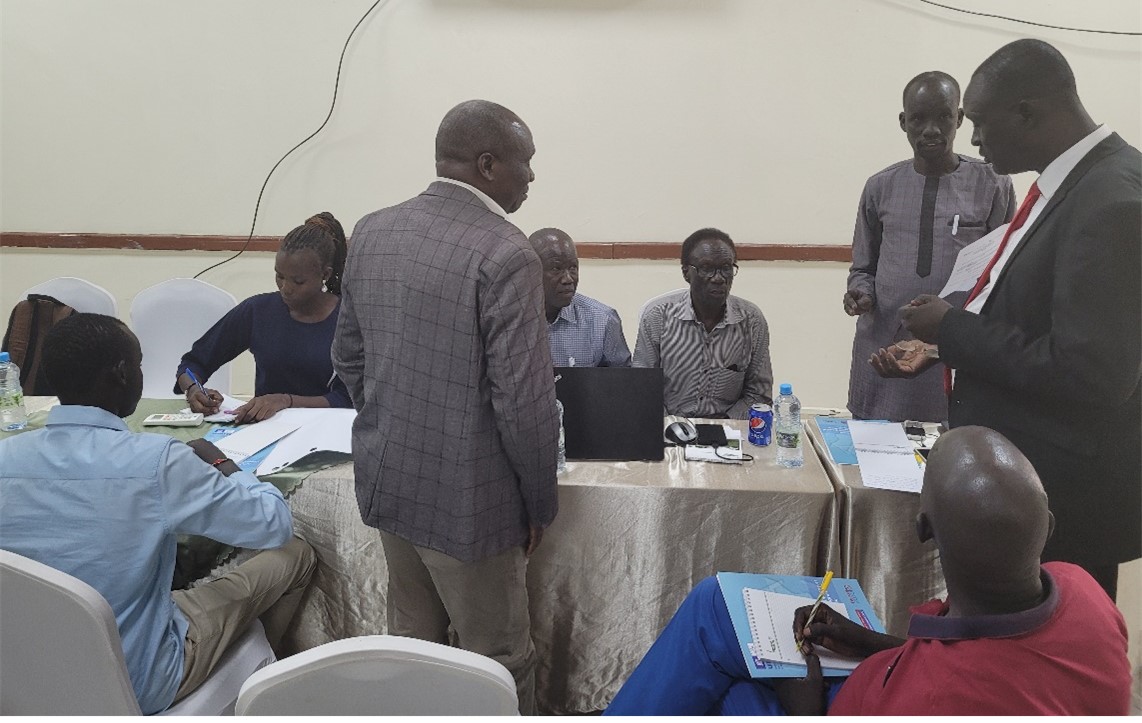 Figure 6: GPEKIX Focal Point Mabor Tur and UNESCO's Juba Office Wilson Wani, organizers of the policy dialogue, facilitating group discussions/Source: UNESCO IICBA
Figure 6: GPEKIX Focal Point Mabor Tur and UNESCO's Juba Office Wilson Wani, organizers of the policy dialogue, facilitating group discussions/Source: UNESCO IICBA
